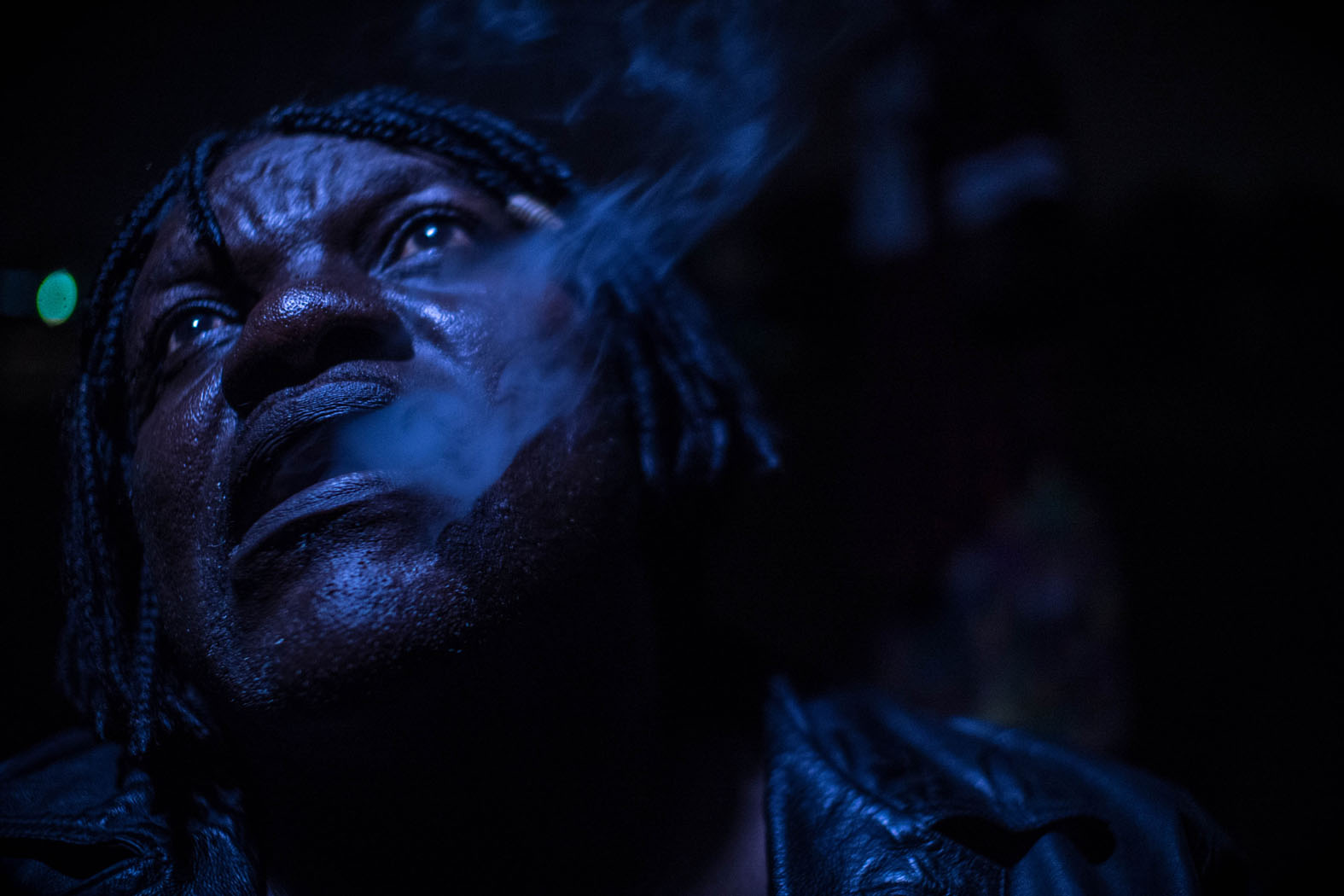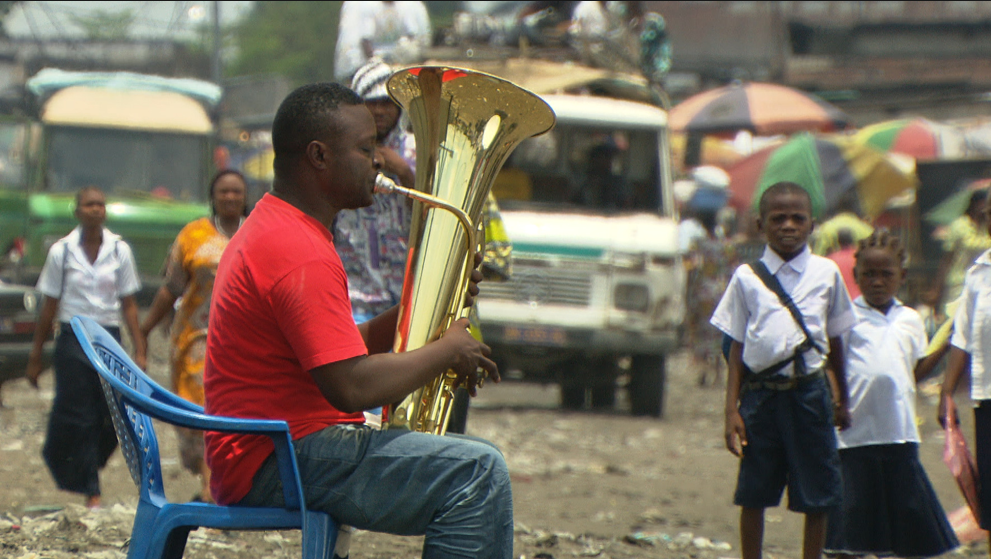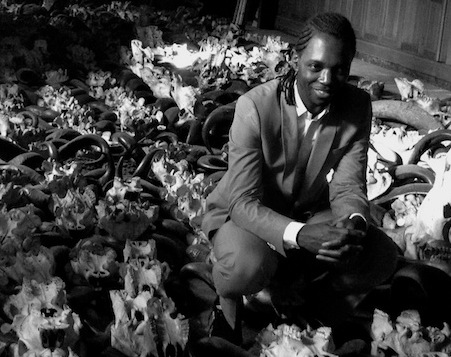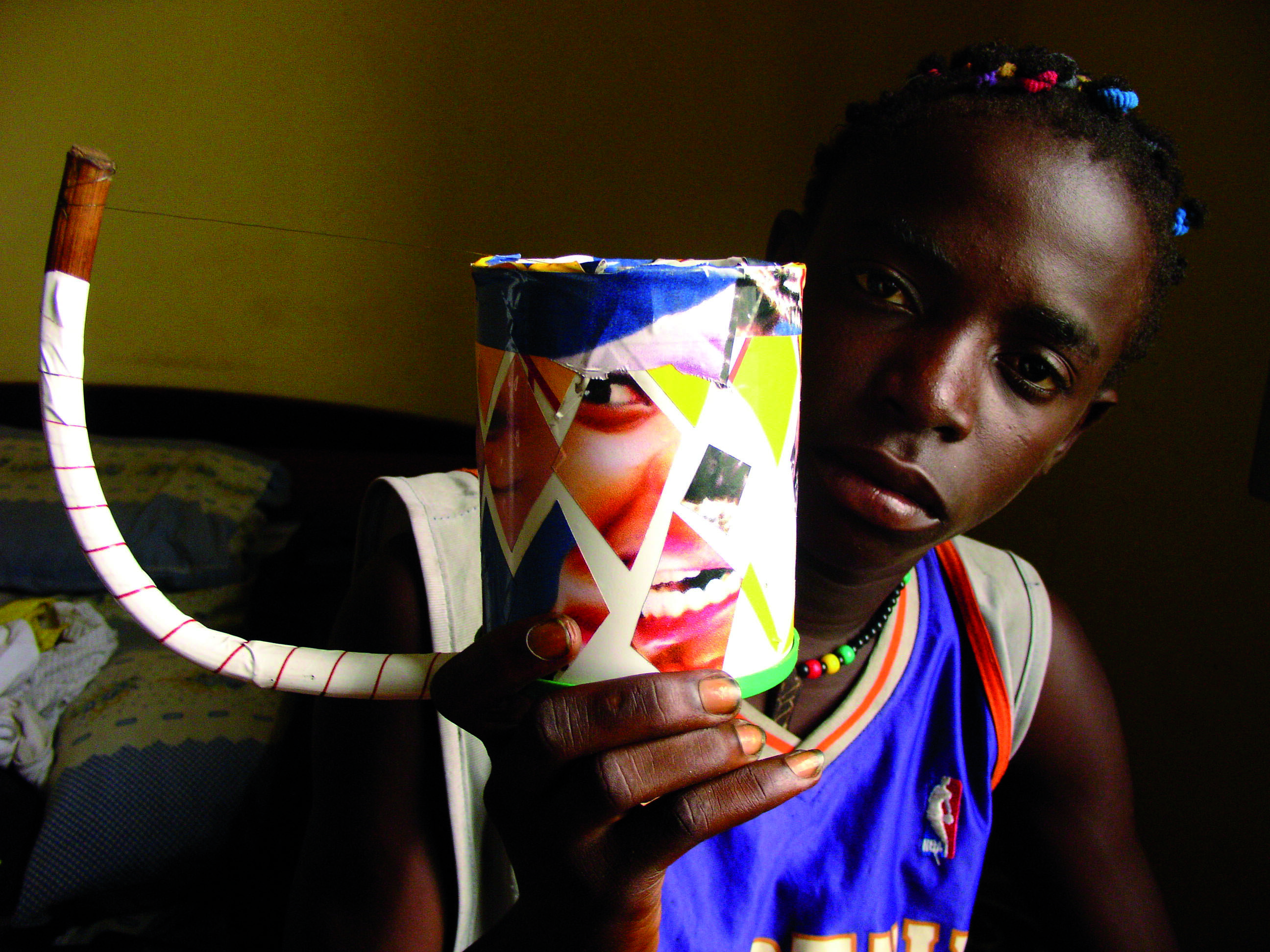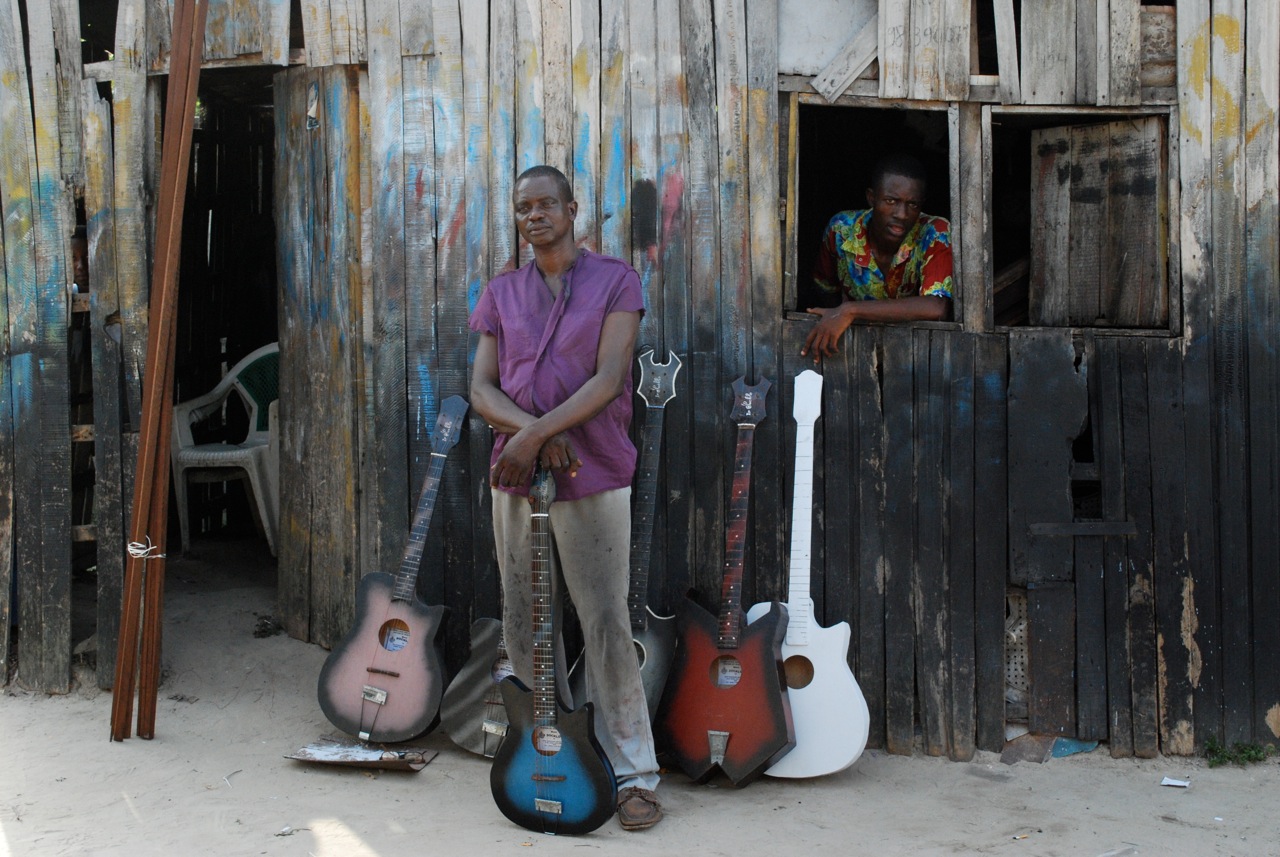Here’s an amazing news story: http://maliactu.net/mediation-dans-la-crise-malienne-nous-preferons-ouaga-a-alger-dixit-moussa-ag-attaher/
On February 9th last, the MNLA and the Ganda Izo held a joint press conference in Ouagadougou and issued a joint statement announcing a future collaboration between the two movements. The two groups also expressed strong support for Burkina Faso’s mediation in northern Mali and denounced any attempts by Algiers to regain the position of peace-maker par excellence that it once considered its prerogative.
Anybody who knows the historic role of the Ganda Izo and its predecessor Ganda Koy in the rebellions of northern Mali will find this news fairly astonishing. The Ganda Koy was created as a Songhoi ‘civil protection’, aka ‘vigilante’, group after the National Pact was signed between the Touareg rebellion and the Malian government in 1992. Its public purpose was to protect Songhoi civilians from attacks by armed Touareg rebel groups. Its darker purpose was to sow fear amongst Touareg civilians and drag northern Mali into an ethnic civil war. To put it bluntly, the Ganda Koy was created to fight the Touareg and their rebellion tooth and nail. Now it’s successor is shaking hands with the MNLA. What can this mean?
The most surprising part of Fasozine’s report of the news conference is the reference to a statement made by the Ganda Izo leader Seydou Cissé that it was mistake for the Ganda Izo not to have followed the MNLA from the start. On the face of it, this seems quite incredible. If there was ever one group in northern Mali, apart form the Malian state and its army, that was guaranteed to show implacable opposition to the Touareg revolution, it was the Ganda Izo. Now they’re expressing regret that they didn’t sign up to that revolution from day one.
The statement actually tallies with a realisation that came to me during a recent trip to Bamako, where I spoke with many Songhoi people who were still living in the capital because they feared it was too unsafe to return to their homes in the north. I got the impression that many Songhoi have long shared some of gripes that the Touareg have with the central government in Bamako. The Songhoi I met spoke to me about their frustration with government corruption in Bamako, with the lack of real decentralization and local management of northern affairs, the lack of job opportunities, the lack of any higher education in the north, cultural and linguistic discrimination by central government and a host of other issues.
Take away the demand for an independent state in the north, and you’re left with two people, the Touareg and the Songhoi who have shared the same territory for centuries, most of it in relative peace and symbiotic harmony, at least until the early 1990s, and who agree with each other more than they disagree.
All of which leads me to believe that the MNLA squandered a golden opportunity to create a common front with the Songhoi before they launched their uprising in January 2012. Granted, there were, and still are, a few token Songhoi in the MNLA hierarchy, most notably vice President Mohammed Djiré Maiga, himself and ex-Ganda Koy militant. But the fact remains that the movement did not give itself the time to establish strong links with Songhoi leaders and civil society before declaring war on the Malian government. Their head-strong impatience was perhaps understandable in the circumstances: the MNLA had control over more weaponry than ever before and the Malian army was re-militarizing the north. But it was ill-judged. The MNLA’s inability to control looting and attacks on civilians by some of its fighters when they took control of the Songhoi-dominated city of Gao in late March 2012 was another massive blunder. If they had ensured the security of the population, they might also have earned their trust and support. As it happened, those terrifying weeks of chaos in early April 2012 drove many young Songhoi men into the waiting arms of the Islamist militia, the MUJAO, with its seductive offers of security and cash. I get the feeling that many Songhoi intellectuals and leaders were sickened by that flirtation with Islamist extremism and violent jihad, and are now keen to clarify and broadcast their true aspirations: not sharia law or, god forbid, an independent state of Azawad dominated by Touareg clans, but rather a better deal for the north and all its peoples.
The MNLA and the Ganda Izo might disagree on the issue of independence, but it’s clear that there is much they can agree on. The Fasozine article reports that the two parties expressed convergence on a range of opinions and stances, “notably the defence of the interests of the ‘people of Azawad’, the implementation of a joint plan of action, the holding in the near future of a special congress of all the movements of Azawad with the aim of establishing a coordination between them, the agreement of the Ganda Izo to take part in such a congress, the reaffirmation by both parties of their attachment to the peace process in line with the Ouagadougou Accords and the agreement by the Ganda Izo to recognise its place in the ‘legitimate’ combat of the ‘people of Azawad’.”
Call me a hopeless dreamer, but this could possibly be the beginnings of a real trans-ethnic front in the north, one that has long been alluded to on paper, but never come to pass in reality. Hopefully it’ll be a political rather than a military front, one that might achieve real muscle in Bamako and help bring about a better settlement for all the people of northern Mali.
Andy Morgan.
(c) 2014. All rights reserved.

